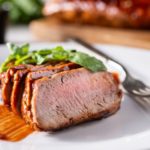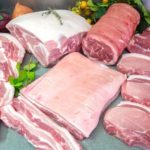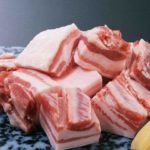4 Nutritious and Delicious Pork Cuts
Pig’s Tail
The pig’s tail is one of the most nutritious parts of the animal. Due to the fact that there is only one tail per pig, those who arrive late at the market will often miss out on purchasing it.
Phụ Nữ Việt Nam, a Vietnamese newspaper, quotes
Using the pig’s tail as an ingredient, we can create a variety of dishes/medicinal recipes that help alleviate back pain, fatigue, and tinnitus. Some of the medicinal dishes that can be made using the pig’s tail include pig’s tail soup with peanuts, pig’s tail and chestnut soup, and pig’s tail soup cooked with peaches and peanuts.
Notably, according to research, pig’s tail mainly consists of skin, which is rich in collagen, elastin, keratin, albumin, and globulin. These substances help increase skin elasticity, combat skin aging, and protect the skin from environmental damage.
Front Ham
The front ham, or the front leg of the pig, is the most delicious part and is highly recommended for purchase. The meat from the front leg is very tender and flavorful, and its quality remains excellent regardless of the method of preparation. This is because the front legs of the pig have a relatively high range of motion, resulting in less fat accumulation in the meat.
Consuming the front ham provides the body with energy, increases calcium intake, supplies collagen for bones, skin, hair, and nails, and boosts the immune system.
Meat from the Cheek
The term “meat from the cheek” may sound unusual to some, as they may be more familiar with the term “pork cheek.” In reality, the pig’s cheek consists of two parts: the outer cheek and the inner “meat from the cheek.” While the outer cheek is also delicious, it tends to have more fat and is not as exceptional as the inner cheek.
The distinctive feature of the “meat from the cheek” is the abundance of tendons. These tendons are interspersed with the meat, yet they are remarkably soft and not at all tough or chewy. This type of meat is ideal for those who dislike dry, fibrous meat but also want to avoid excessive fat that can be overwhelming.
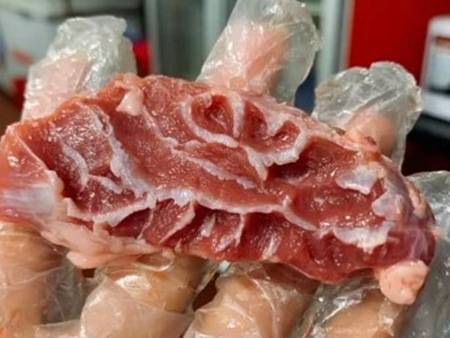
Loin
Loin, or pork tenderloin, is a cut of pork that is almost fat-free, with long muscle fibers and high cohesiveness.
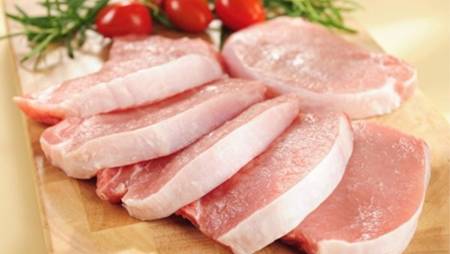
In addition to its delicious taste, loin also offers significant nutritional value. It is rich in protein, saturated fat, vitamin B, and iron, which contribute to energy supply, participate in metabolism and red blood cell formation, and enhance the immune system. However, it is important to note that loin contains a relatively high level of cholesterol (22%), so consumption should be moderate.
4 Pork Parts to Avoid
Neck Meat
The neck meat of a pig has a high-fat content, and consuming too much of it can lead to sudden weight gain as well as issues with the heart and cerebral blood vessels. Additionally, the neck area contains lymph nodes, which are part of the body’s filtration system, trapping foreign microorganisms, inflammatory cells, and toxins. Regular consumption of neck meat can lead to various health problems.
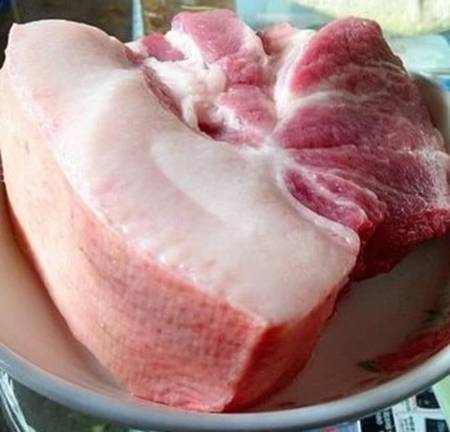
The complex network of lymph nodes in the pig’s neck makes it challenging to remove them entirely during preparation. As a result, consuming neck meat can introduce a significant amount of bacteria and toxins into the human body, potentially leading to food poisoning or the risk of contracting infectious diseases.
Kidneys
Traditional beliefs hold that “you are what you eat,” and many men have a particular fondness for pork kidneys, believing that they enhance kidney function and improve male sexual performance. However, research has discovered that the kidneys of cattle, sheep, and pigs contain a heavy metal called cadmium. Once ingested, cadmium is difficult to expel from the body, and excessive consumption of kidneys by men can negatively impact their fertility.
Liver
Pork liver is renowned for its nutritional content, including protein, vitamins A, B, and D, nicotinic acid, and folic acid. Notably, the vitamin A content in pork liver is significantly higher than that found in meat, fish, eggs, or milk.
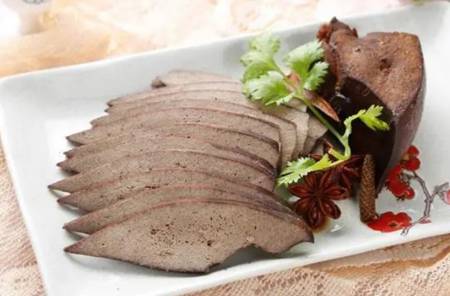
Because of this, many people often prepare liver dishes for children, the elderly, and the infirm, unaware that the liver is the primary organ for detoxifying and eliminating toxins from the pig’s body. Consequently, the liver also accumulates waste products, pathogens, and a certain amount of toxins. It is also a haven for parasites such as tapeworms and disease-causing viruses. Therefore, it is advisable to refrain from consuming liver or to do so sparingly.
If you choose to eat liver, it is essential to select fresh livers with characteristic colors and no abnormal spots. Before cooking, soak the liver in fresh milk for 30 minutes to neutralize any unpleasant odors and toxins.
Intestines
Pig intestines, also known as chitterlings, include both the large and small intestines. They are a rich source of fat, protein, cholesterol, vitamin A, vitamin E, calcium, potassium, sodium, magnesium, and iron. They are commonly used to prepare various dishes such as boiling, stir-frying, grilling, and hot pot. However, excessive consumption of intestines can lead to abnormal conditions such as high blood pressure and elevated blood viscosity. In particular, individuals with high blood lipid levels should refrain from eating large intestines.
Source: Nguoiduatin

























